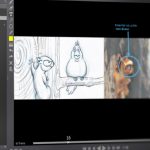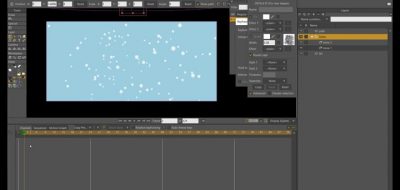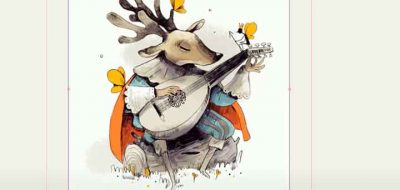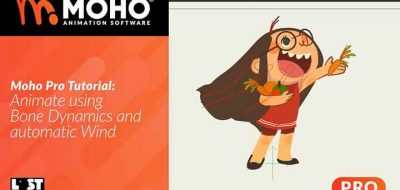Moho (formerly known as Anime Studio) has a feature rich toolset geared for professional animators, and it is pretty easy to use. That isn’t to say that there aren’t some concepts that might throw new users for a loop. One system may be Moho’s reference layers. The name can be a bit misleading if you are familiar with reference layers in other applications.
Watch animator and designer, Bill Cass walks us through the nuances of using reference layers in Moho, with some pretty great practical examples of how they can be used in character rigging as well as to solve some interesting animation problems.
Moho Reference Layers
If you worked in Flash or After Effects, a reference layer is very much a different thing than the one you find in Moho. Instead of being a visual template layer, a reference layer in Moho is one that looks to another layer, as a sort of live link.
Reference Layers Are Like Instancing
If you have worked with a 3D application before, then the concept of Moho’s reference layer might be familiar to you, in the form of instancing. A Reference layer is very much like an instance of the original layer. What ever happens to the original layer, the reference will follow.
Reference Workflow Possibilities
More than just for simple instances of elements, reference layers can be used to simplify controls for various rigs. Creating character rigs often means having one system driving another system, and so on. Complexity can rise exponentially.
As an example, Bill Cass walks through using ref-layers for an eyelid masking set up, where you only need to edit one element for the whole thing to work. This is in contrast to providing keyframes for the eyelid, mask and eye. Also, watch for another great workflow hack, where you can use ref-layers to simplify multi-layer animations to use less layers while still keeping the back-to-front order of the layers. A great tip!






